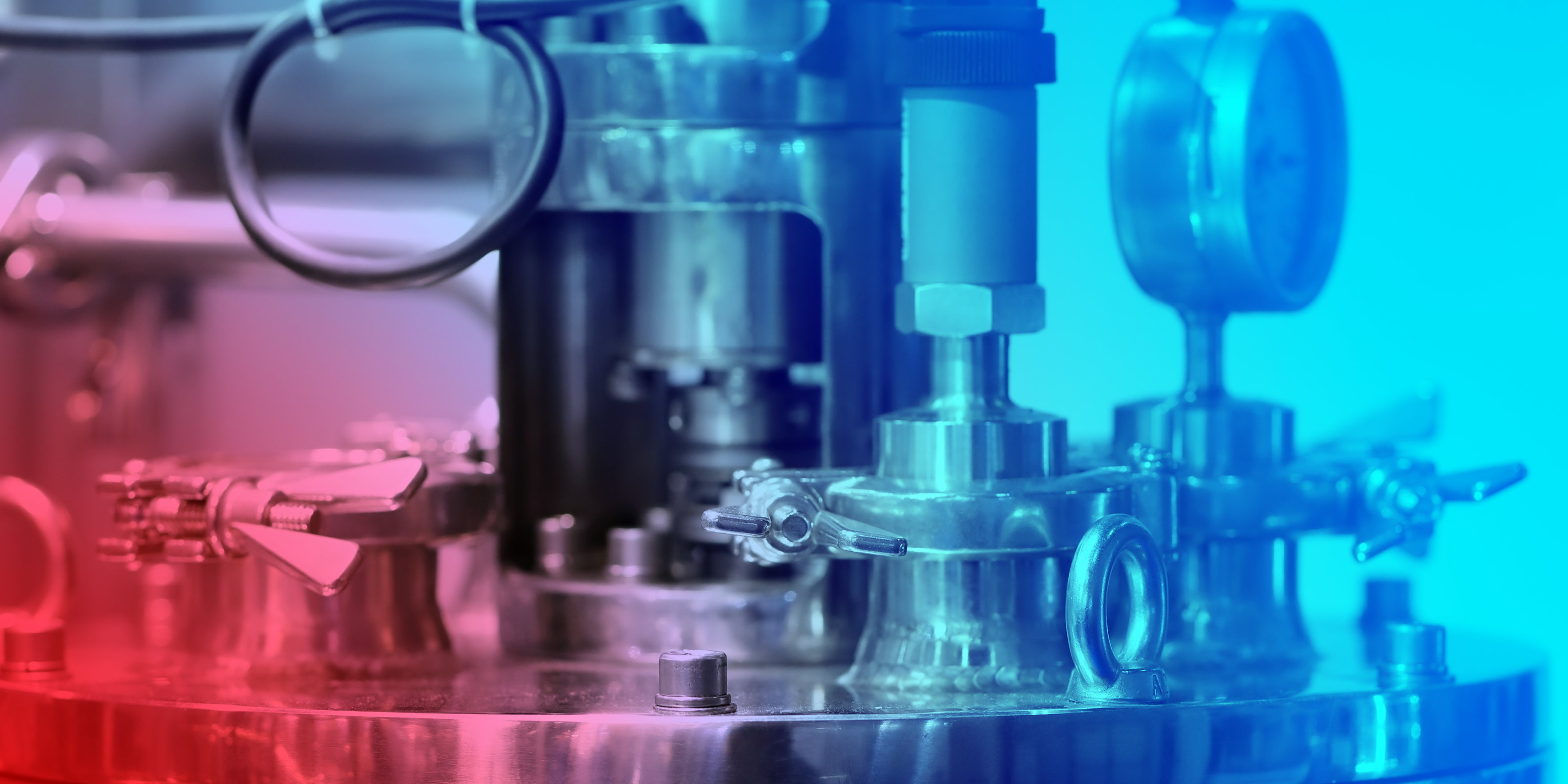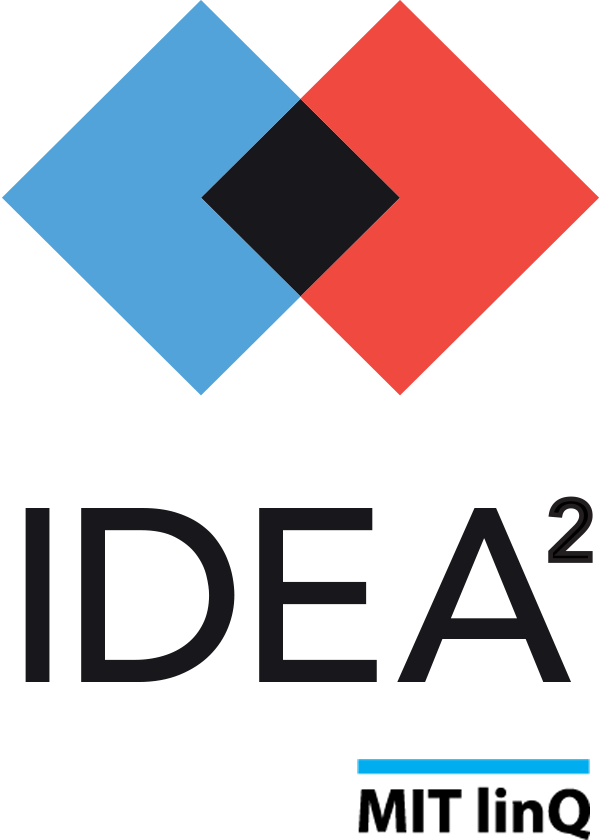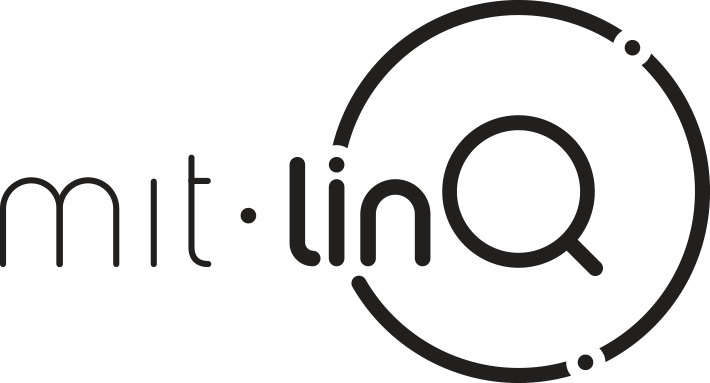
The 2022 cohort of teams continue IDEA²’s focus on accelerating effective, accessible access to care, from early diagnosis of neurological diseases to efficient production of vaccines. Read the news announcement introducing the teams.
2022 Teams
ArgenTAG
Single cell analysis in long-read sequencers will revolutionize the understanding of biology and human disease with a huge impact on diagnostics and treatments. But this application is not possible yet due to the lack of an accurate method for error-prone long-read sequencers. The ArgenTAG team is developing a robust method to overcome the errors and unlock the true potential of long-read sequencers.
Team lead: Leandro Ciappina
Biomixing
Biologic pharmaceutical compounds that are produced through cultures have increased drastically recently, and their manufacturing processes can take up to several weeks inside bioreactors. Currently, bioreactors, which are very expensive, can be constrained by productivity and quality challenges (a recent example could be the problem that the world has been suffering regarding the pace at which the COVID-19 vaccine has been produced). For biologic manufacturing, productivity, quality, and time-to-market are critical to success. Using our knowledge of fluid dynamics, Biomixing has developed innovative bioreactors and components that address a key barrier to production and increased yields.
Team lead: Ines Herrero
BP Support Frame
Caregivers in the Veterans Administration hospitals see patients with significant health issues daily. Once such illness is hypertension, a cause of death for over 500,000 people in 2019 (CDC). This is a preventable illness that can be easily address by checking the blood pressure daily, modifying diet, and taking medication as directed by the doctor. Medical staff use two hands to apply a blood pressure cuff when they help their patients, so how are Veterans who were injured in combat and have partial or full loss of fingers, hands and arms going to do this? We have developed a blood pressure frame that is small enough for home use and that will hold the cuff open so the person can slide their arm into the cuff by themselves. Market research has found no similar items currently available or in development for home use.
Team lead: Kimberly Jones
CareBridge
Historically, BIPOC communities and other marginalized communities have faced trouble finding accessible culturally competent care providers that they feel they can trust and communicate with. This leads to worse health outcomes and dampens patient-provider relationships and affects every aspect of the healthcare ecosystem. Mitigating this issue would mean more minorities feel comfortable and heard when talking to their care provider, more immigrant family members can unapologetically learn about first world health standards that they might not have been taught elsewhere, and that industry-wide oppressed patients can take control of their care in ways they have not been able to before. CareBridge is a mobile and online platform that allows patients who need assistance managing their care, beyond the occasional check-in appointment, to connect with health advocates.
Team lead: Ujjayi Pamidigantam
Heuristik Health
The WHO has recognised patient safety as one of the main challenges of today’s society. In Europe 145,000 patients die every year due to identification errors which represents a market cost of €64B. In the US, identification errors are the third cause of death, just behind strokes and diabetes, killing 250,000 patients per year and with a market cost of $400B. These statistics show that the current patient identification methods—bracelets and health cards—are not efficient enough. Heuristik Health is a 360º solution to help health staff identify & manage their patient portfolio combining fingerprint identification and artificial intelligence.
Team lead: Antxon Caballero
My Oxygen System
We all have a family member who suffers from something as common as asthma, pneumonia, or COPD, who most likely needs oxygen after an attack. This is the case for 300 million people in the world with respiratory diseases even before the pandemic; from those amount of people 50%, after a crisis, arrive at hospitals and oxygen therapy is always the first option for early treatment. The manual regulation used today to provide oxygen therapy requires personnel to be present at all times, which can cause problems in the lungs and even oxygen intoxication and even death. MOSY is an innovative medical device that seeks to transform the lives of patients with respiratory diseases. MOSY automates real-time oxygen therapy, based on the patient’s needs and what is established by the doctor, reducing hospitalization time by 30%.
Team lead: Yessenia Cieza
Real E-Skin
The development of a completely imperceptible e-skin that enables health monitoring in everyday life can be highly impactful in both societal and economic aspects. If commercially available e-skin with desired functionalities and reasonable price is available, unbalanced medical services can be alleviated through individual self-evaluation of health status using e-skin. Also, widespread availability of e-skin can eventually reduce unnecessary social costs that result from delayed medical treatments. This team’s e-skin based on a high-quality piezoelectric material can perform as a surface acoustic wave sensor, and just a simple connection to the antenna electrode enables wireless communication.
Team lead: Junmin Suh
Tremor Assistant
Essential tremor (ET) is one of the most common movement disorders, with a prevalence of 4.6% among people over 65 years of age. The diagnosis remains clinical. A clinical follow-up of 3 years is required to reduce the chances of further development of other neurological signs (eg, dystonia, parkinsonism, or ataxia). Misdiagnosis is common, with frequent misclassification with respect to other movement disorders, especially Parkinson’s disease. This team is developing software that analyzes the characteristics of patients’ writing to provide a diagnostic orientation on the types of tremors they present.
Team lead: Carmen Borrue

